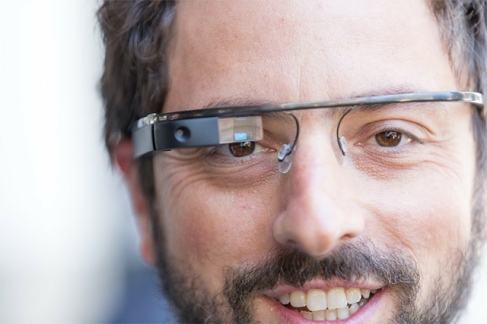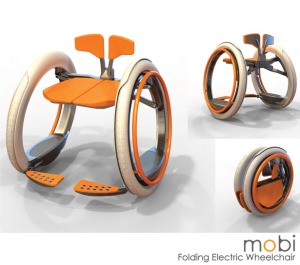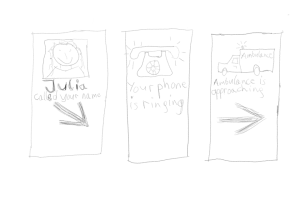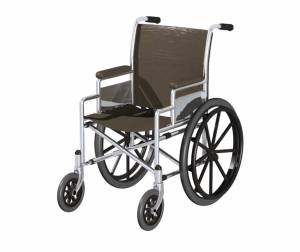What’s quite interesting about the lectures of the Universal Design course is that they introduce us to new discussions regarding impairments and disabilities. We don’t often think who sets the range of normality, or what normal should be defined as, but this course shows us how our community has many stigmas and stereotypes about people with disabilities. Moreover, something that makes me really interested in this course is how we have discussions about typical designs that are used to help disabled people to overcome their difficulties. It is quite sad to realize how many of these designs are not well built to properly suit the disabled. The Wheelchair that is capable of going up the stairs for instance made everyone in the class startled with how unprofessional the design of such a wheelchair can be.
There are numerous aspects that need to be considered when a person is designing for the disabled, it’s not only restricted to the technology or to the function of the design only. This course helps us realize that we must always consider the user in the design process as he or she is going to be the one using the system frequently. In addition, I personally like how this course incites us to design for the disabled by being in their shoes, as this is most probably the most adequate way that can give us an idea of where to start, and how to engender something that would make a difference in the user’s life, making it easier, better and more functional.
Another thing I liked about the course is that it helps us understand impairments beyond what the eyes can see. For example, I never knew that Parkinson’s disease has numerous effects on the person’s life. I always thought that it’s an issue in the nervous system that causes the affected person to shiver all the time. Yet now, I have an idea of what people with Parkinson have to go through everyday.
The problem of stigmatization of disabilities is also emphasized in one of the lectures, and this is something quite vital to consider in such a course. In addition to the problems that the person affected by some certain disability has to go through, that person has to also face difficulties in being accepted. In my point of view, I found the lecture that talks about stigmatization quite intriguing, as it makes us recognize the effect of the society on the affected individual. This lecture also focuses on how the design is crucial, as mentioned in the slide “Good design of supportive tools can avoid stigmatization” and I find this completely true, as design plays a vital role when it comes to stigmatization, or how others perceive the disabled person.
When it comes to research, there are many ethical issues that need to be considered. And the lecture about ethical considerations is very helpful due to its brief indication of how we can commit ourselves to always be ethical in our research. It may be challenging to ensure ethical thinking in all aspects of Disability Research and Universal Design, but it is necessary to work according to a certain approach that would result in the optimum situation. One approach that can be used is the utilitarian approach that helps us decide which choice is right depending on maximum overall happiness, so this takes into consideration all the stakeholders of any research. Regarding making researches about the disabled, It is very necessary to take precautions to avoid the invasion of the affected people’s privacy and integrity. Unethical behavior such as mistreating or misjudging those who are involved in the research process can have a detrimental effect on the people involved, therefore it is highly advised to always treat others well as disability research can be a sensitive issue. It is also important to carefully select the informants, and we need to avoid invading their privacy whilst doing the research. Imagine if someone keeps watching you in order to understand your specific case, wouldn’t it be awkward and uncomfortable for you? That’s why we always need to put ourselves in the shoes of the informant instead of directly choosing which method is easier.
In conclusion, what’s quite unique about the lectures of this course is that it makes you think of things from a different point of view, and this might be the best way to make us feel that we’re doing the right thing for the disabled. As Universal Design is not only restricted to whether the machine works as intended, numerous other factors need to be regarded.




